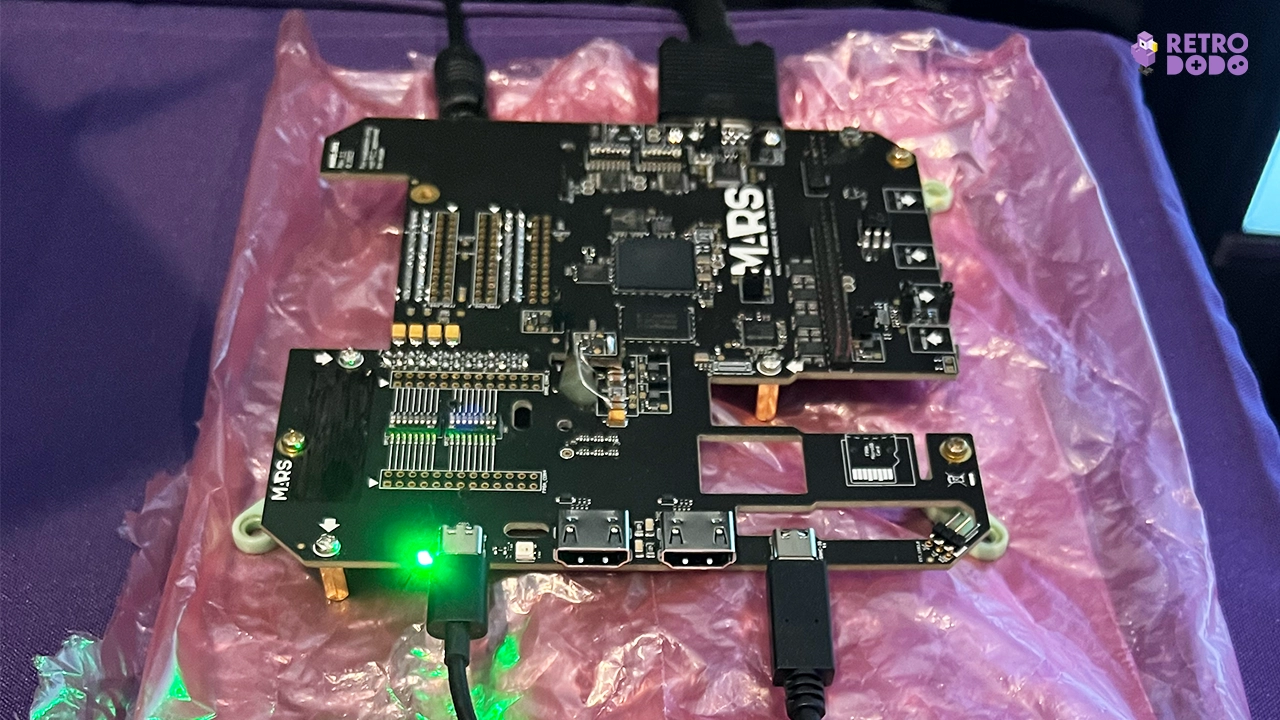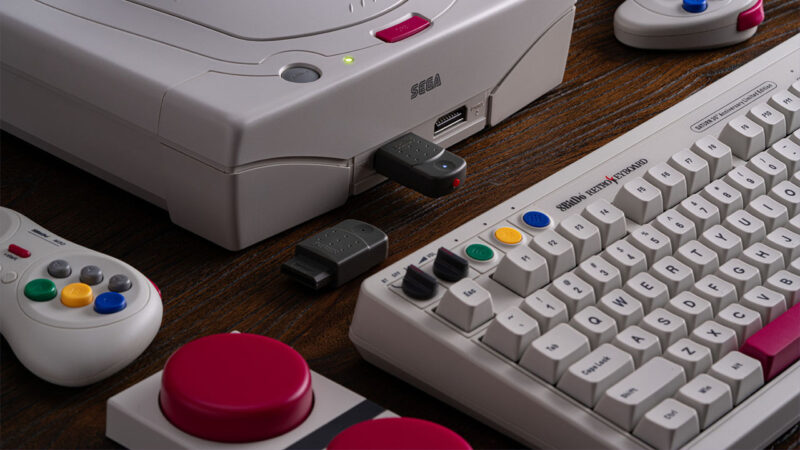Being a retro gaming enthusiast is a bit like being a kid in a candy store; in fact, one could argue that in this day and age, there are too many options to choose from.
The COVID-19 pandemic brought about a renewed interest in all things nostalgic, and with the rise of tiny single-board computers that can emulate many older consoles, there are more ways to play classic games than ever.
Most gamers will likely opt for one of the many handheld consoles from companies such as Anbernic and Retroid, but for those that need a more robust and versatile solution, the siren song of FPGA-based devices cannot be ignored.
Alongside Analogue’s ever-expanding arsenal of consoles and handhelds, the undisputed champion has, for the past couple of years, been the open-source MiSTer FPGA, which supports several dozen arcade, computer, and console cores that pave the way for a cycle-accurate emulation experience.
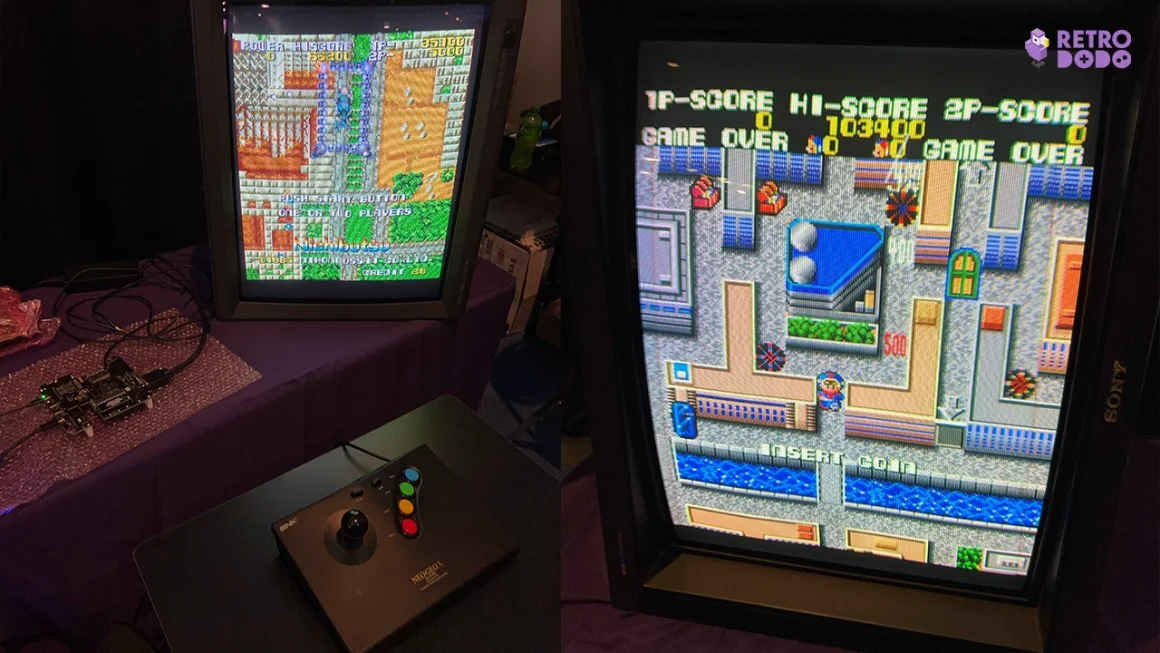
That being said, the MiSTer isn’t without its problems. While it’s powered by Terasic’s widely available DE-10 Nano SOC, outfitting a MiSTer with all the bells and whistles is a costly endeavor, and while its open-source nature certainly comes with a wide degree of flexibility, it also comes with its fair share of bugbears and technical limitations.
Enter the MARS, an all-new open-source FPGA-based system that dials everything up to eleven. Boasting custom-designed hardware that eclipses the DE-10 Nano, the MARS is poised to dethrone the MiSTer in terms of compatibility and versatility — assuming you’re willing to shell out the cash for one.
On paper alone, the MARS very much looks to be a suped-up MiSTer.
Table of Contents
MARS FPGA Specifications
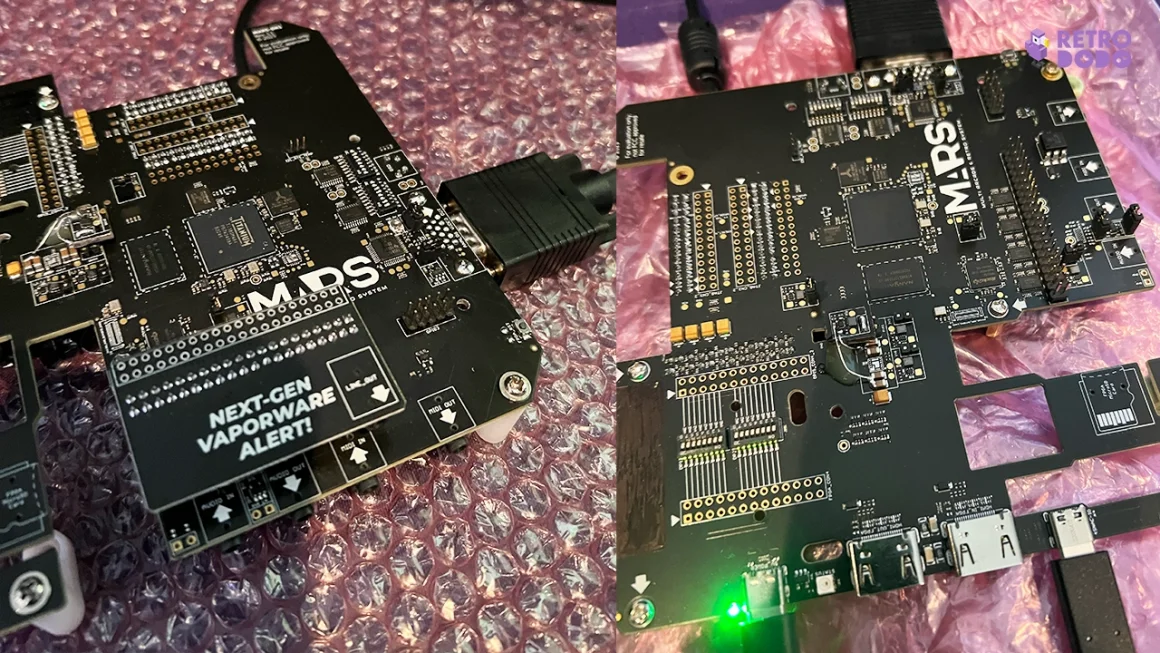
4K video output at 4:4:4? Check. Shadow mask and scanline filters courtesy of Mike Chi, of RetroTINK fame? Yep. High-quality analog video with support for RGBS, YPbPr, S-video, composite, and even JAMMA? You better believe it.
It’s an impressive set of specs, to say the least, and the injection-molded case it’s housed within is the cherry on top of the sundae. DIY be damned; sometimes, you just want something that can proudly boast “no assembly required.”
The MARS also has a few other tricks up its sleeve, though we are still waiting to see exactly how its processing power will be leveraged.
More Tricks
For starters, the FPGA being used (an Efinix Titanium Ti180) is quite powerful, and while someone would need to develop cores for it, support for Dreamcast, 3DO, and the Atari Jaguar are on the horizon.
Curiously, it seems the MARS also features an ARM CPU — speaking to a few members of the development team, we were told that “it’ll be used to power the front end.”
An ARM chip also opens the door for running Linux on the MARS, and by extension, media playback.
After talking with noted FPGA and arcade core developer atrac17 — who is helping to spearhead the MARS — it became clear that versatility is central to the project as a whole, even if some of the supported features will only be used by a small slice of the userbase.
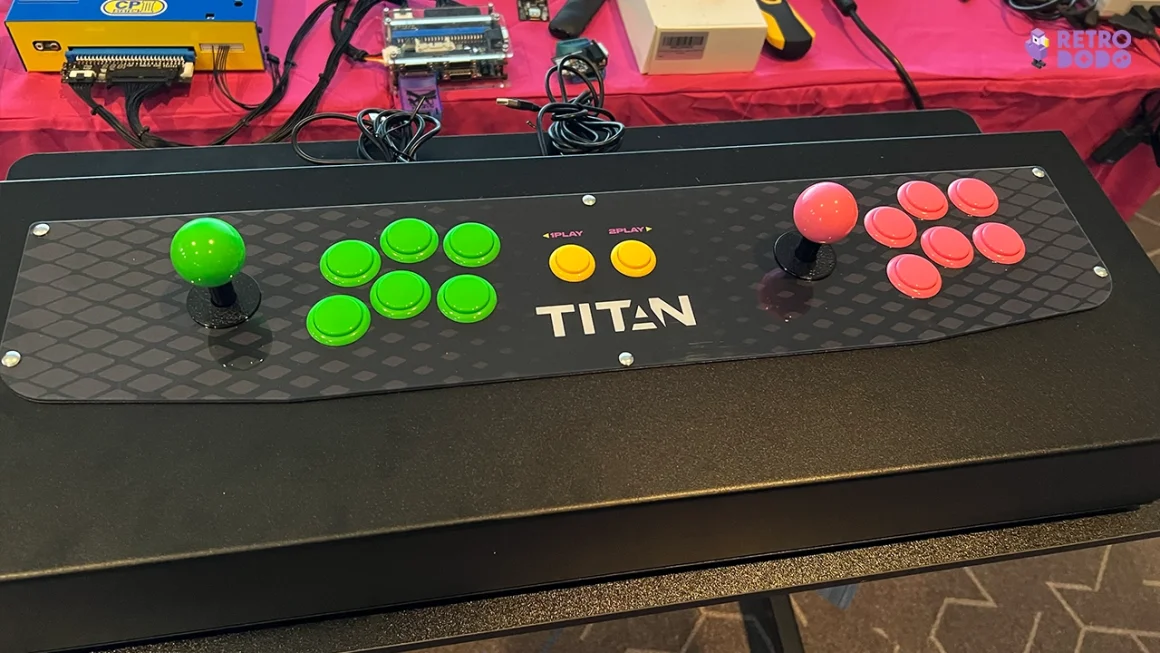
Heck, there’s even MIDI input and output, which is bound to excite the 20 or so retro-diehards who kept their MT-32 after all these years.
I’m most excited for the controller modules, which snap onto the front of the MARS, allowing for all sorts of compatibility with OEM and aftermarket controllers. I didn’t get a chance to test out these features for ourselves when the MARS was showcased at this month’s Free Play Florida convention, but I can confirm that the MARS does, in fact, exist, much to the chagrin of the many detractors who have labeled it as vaporware.
Final Thoughts
If you think this all sounds too good to be true, you’re not completely off-base.
Yes, the MARS is nearing the finish line, but the upcoming launch will likely bring about a new wave of sticker shock. Pricing has not been finalized, but the MARS dev team has made it clear that it won’t be cheap; the figure that has been bandied about is that the MARSFPGA will cost approximately $700, though it can certainly come in higher once you factor in shipping.
Of course, we’ll be praying for a lower number, but we won’t be holding our breath either.
Once your heart rate slows down and you’ve come to terms with the asking price, a bit of napkin math does provide some reassurance.
Once you take into account the cost of a DE-10 Nano, the analog output board, integrated USB and SNAC ports, and a proper sturdy case, you’re probably looking to shell out around $600, and that doesn’t even get you 4K video or JAMMA output.
After the dust has settled, the value proposition of the MARS starts to take form, especially if you’re a power user who needs a versatile, capable retro gaming system.
And that’s not even counting all the exclusive content MARS owners will have access to. As their head of operations explained, there’s a good deal of overlap between the MARS dev team and the Coin-Op Collection, which means that timed-exclusives are on the table.
“Coin-Op Collection is the main development team of MARS. However anyone can develop on MARS, be it on the FPGA or ARM side.
Development on MARS is not exclusive to the Coin-Op Collection. And yes, there will be many, many MARS exclusive cores. Especially when it comes to arcade. We’ve sourced tens of thousands of dollars of arcade hardware for MARS. Cores will be exclusive for a period of time, then open sourced.”
Admittedly, there are still a lot of questions to be answered.
Aside from the TBD price point and release date, there’s the matter of what cores will be ready to go on launch day, and what exclusives, if any, MARS owners will have access to.
We wouldn’t go so far as to say that the MARS is too big to fail, but with hardware experts like Mike Chi, atrac17, and Wizzo lending their expertise, we have high hopes for this new contender. Here’s hoping it can hit the ground running with most, if not all, of its many touted features.
MarsFPGA Pricing and Release Date
It’s not official yet, but we predict that the MarsFPGA will sell for roughly $699 and release in 2024.

